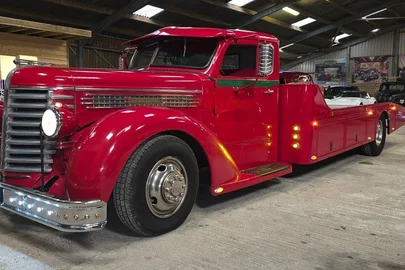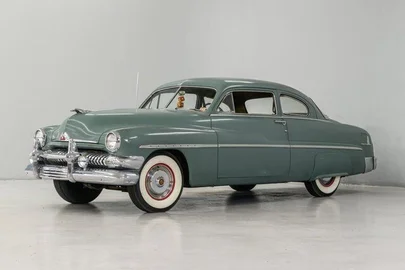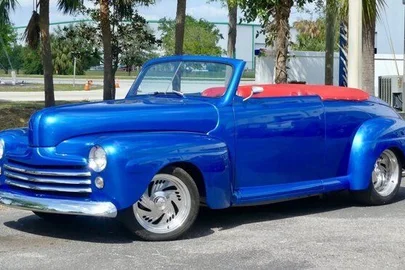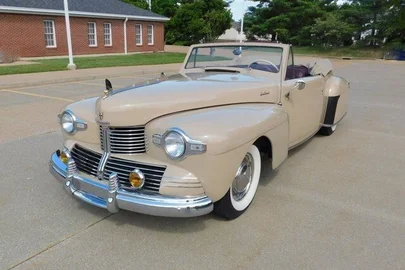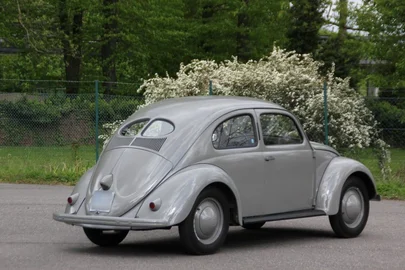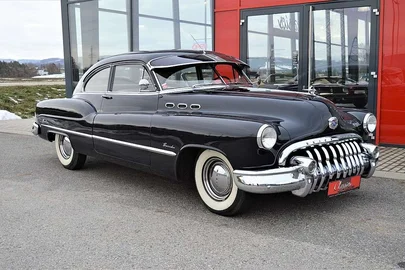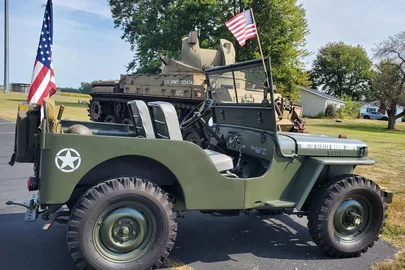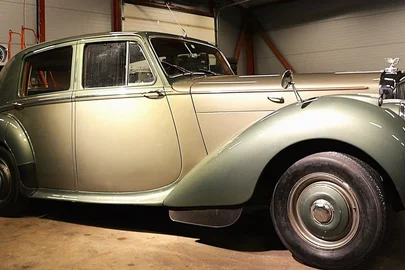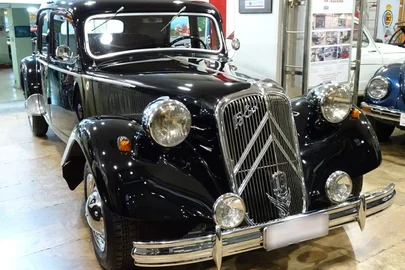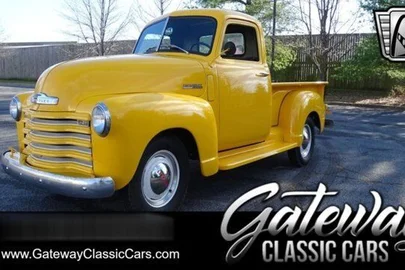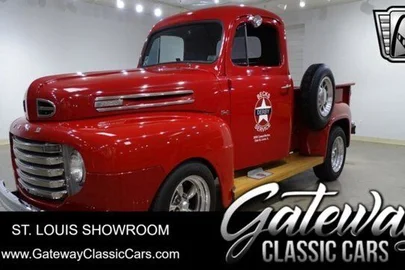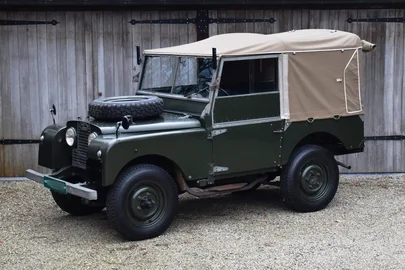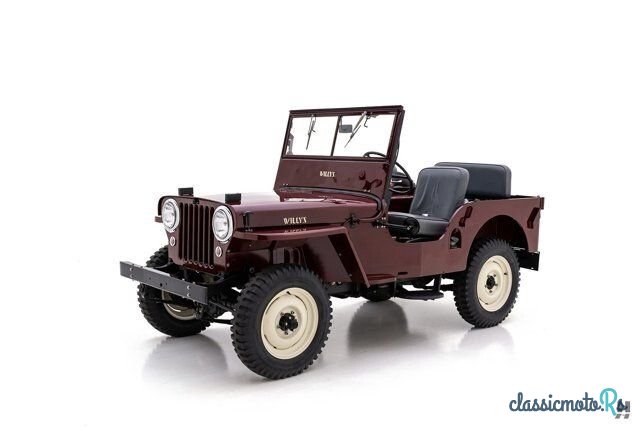
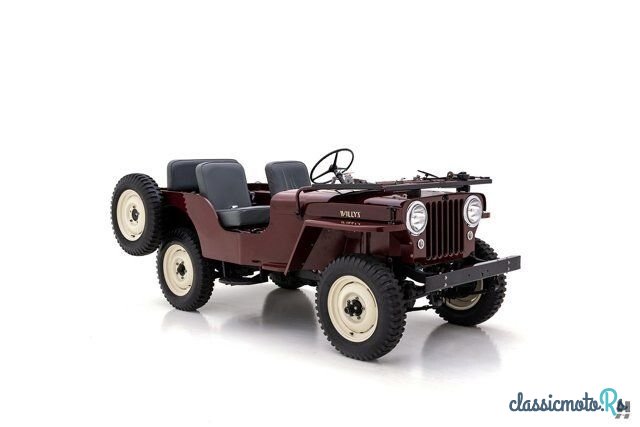
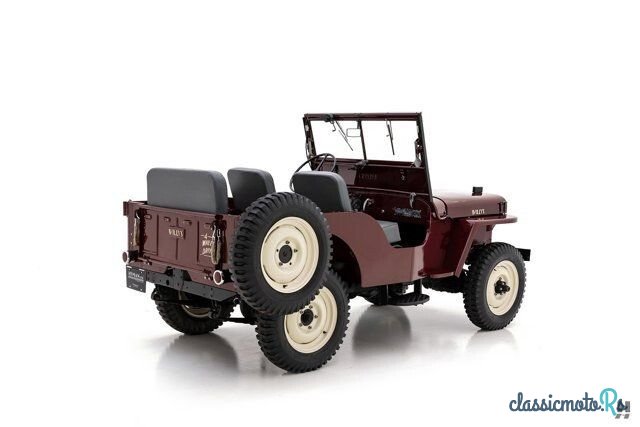
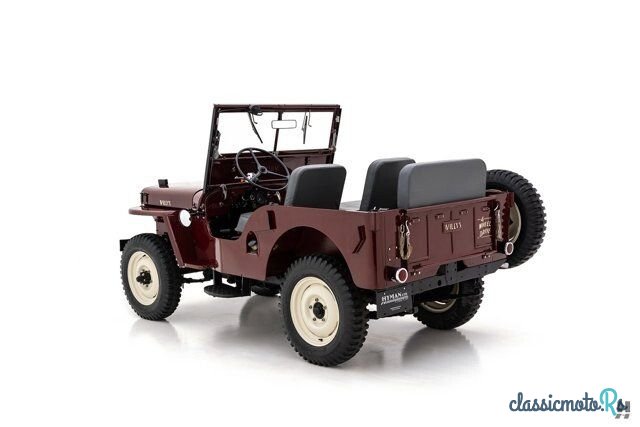
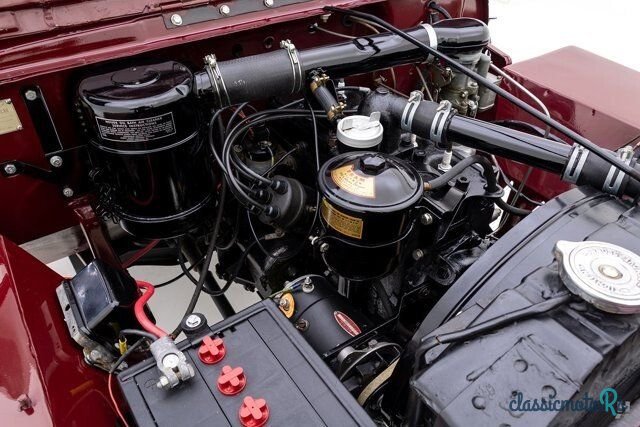
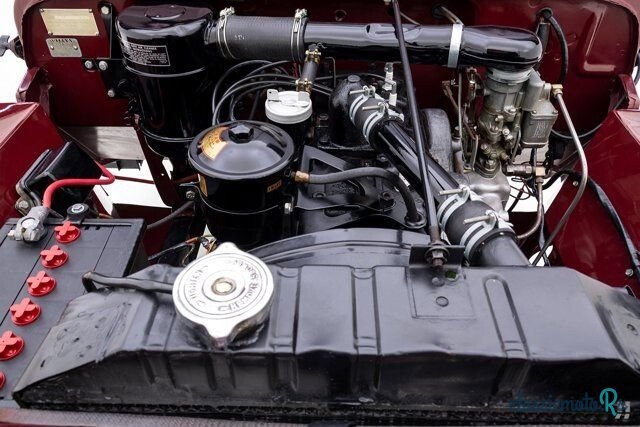
6 photos
1947' Willys CJ-2A
Report This Ad!Rate This!Bookmark This
$39,500Published 4 November 2023ID: 3wEW7m
Expired
2 years, 1 month ago
2 years, 1 month ago
Information from the owner
Age: 76 years
Seller's comments about 1947' Willys CJ-2A
Initiated during the late 1930s to meet a new requirement issued by the Pennsylvania National Guard for a light and fast all-terrain reconnaissance car the military Jeep was the product of intensive development involving several automakers and their top engineers. Following the ground breaking initial work by American Bantam Willys-Overlands design was selected with mass-production supplemented by Ford Motor Company and tiny American Bantam shut out and relegated to manufacturing other wartime materiel.Early models were allocated to Americas Allies and development continued relentlessly to the definitive GPW (General Purpose Willys) and Ford MB with their eventual Jeep moniker a contraction of the GP designation of the Willys-built vehicles. Riding a sturdy frame with a four-wheel drivetrain and simplified sheet-steel bodywork the Jeep was powered by Willys Go-Devil four-cylinder engine the product of legendary Willys engineer Barney Roos and rated at 61 horsepower. Further refinements by Roos followed disassembly of hard-used test mules with every nut bolt part and component ruthlessly analyzed for strength durability and lightness or eliminated. The resulting Jeeps met and exceeded every possible expectation and saw use in virtually every WW II theater serving in such diverse roles as staff transport scouting/reconnaissance communications courier/messenger medical evacuation and even fast and lethal mobile gun platforms.Soon after entering military service and becoming a staple of American forces and most Allied armies under FDRs Lend-Lease program the ubiquitous Jeep proved far more capable and adaptable than its original concept suggested. According to marque authorities over 644000 Jeeps were produced during WW II. By 1943 the military Jeeps brilliant wartime record spurred the consideration of a postwar civilian version. Sensing that such a vehicle would revitalize Willys company chairman and principal stockholder Ward Canaday hired well-known artist I.B. Hazelton to produce a series of 24 paintings depicting the Jeep in a wide array of uses ranging from the battlefield to peacetime jobs including snow plowing firefighting and agricultural duty. Willys advertisements featuring Hazeltons paintings soon proved so popular that Life magazine published a feature article on them. Willys even enjoyed widespread free advertising in news releases showing Jeeps overseas with American GIs helping in the transition to peacetime reconstruction.On July 31 1945 the government contract for Jeep production ended with Willys-Overland now the sole Jeep manufacturer. Having replaced Joe Frazer as head of Willys-Overland in 1943 famed auto-industry executive Cast Iron Charlie Sorensen oversaw the conception development and production of the new civilian Jeep. Willys now staked its future entirely on the Civilian Jeep or CJ-2A the companys first new postwar model. The CJ-2A received numerous detail updates aimed at maintaining the Jeeps go anywhere capability while delivering greater ease of use and road safety. A wide array of optional accessories included a power takeoff and heavy-duty implement hitches for farm use.Sporting a gorgeous restoration completed circa 2003 this highly authentic and detailed 1947 Willys CJ-2A Jeep is a prime example of these rugged workhorses. Known prior ownership incudes stints in Pennsylvania and with a noted Floridian collector and the restoration has been exceptionally well-maintained.Smartly finished in Maroon paint with businesslike Gray upholstery the CJ-2A is nicely accented by Cream-colored Willys stenciling and the companys 4 Wheel Drive tagline matching the Cream steel wheels mounting period type all-terrain tires. Power is of course delivered by the renowned Barney Roos-engineered Go-Devil L-head 134 CID 4-cylinder engine paired with a 3-speed manual transmission and 4-wheel drivetrain. Other highlights include the factory gear-speed range guide and ID plates. An early-production example this CJ-2A includes such desirable additional features as a fold-down split windshield and optional rear bench seat.The Civilian Jeep stands as one of the longest-running and most-popular vehicles ever produced and with its wonderful presence and presentation this 1947 Willys CJ-2A Jeep stands as a cornerstone vehicle worthy of collecting or to enjoy as a runabout on the farm estate or beach.Offers welcome and trades considered
For additional details please view this listing directly on our website https://hymanltd.com/vehicles/7495-1947-willys-cj-2a-jeep/
For additional details please view this listing directly on our website https://hymanltd.com/vehicles/7495-1947-willys-cj-2a-jeep/
